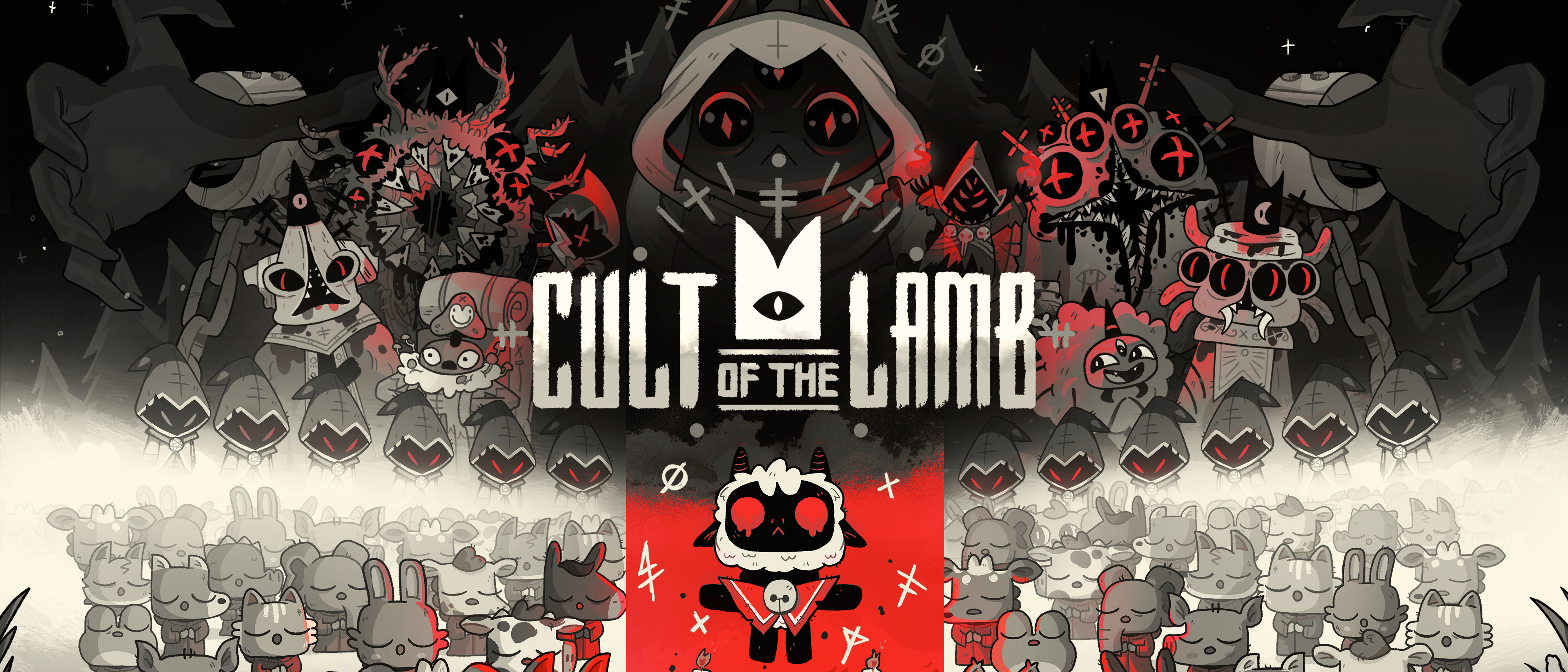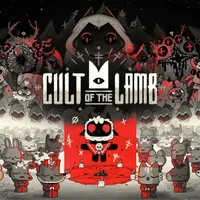Windows Central Verdict
Cult of the Lamb isn't always perfectly balanced, but it does expertly blend two opposing game genres into a unique, action-packed occult adventure oozing with personality. This is another shining example of unparalleled indie developer creativity.
Pros
- +
+ Gorgeous art design that blends "cute" and "occult"
- +
+ Excellent combat with a wide array of weapons, abilities, and upgrades
- +
+ Well-rounded community management features that make building a cult fun
- +
+ Great replay potential
Cons
- -
Crusade runs can feel too short
- -
Community management can feel tedious
- -
Assortment of minor bugs and balancing issues
Why you can trust Windows Central
The roguelike genre of video games is categorized by addictive and difficult combat revolving around the idea that death is never the end. With Cult of the Lamb, Massive Monster and Devolver Digital succeed at delivering another enticing entry to this established space, but with a unique twist — when you're not battling for your life against hordes of twisted enemies, you're cultivating and managing a bustling, near-idyllic community of loyal followers.
There are areas in which Cult of the Lamb can improve, notably when it comes to the balance between its opposing genres, but this adorably macabre game manages to take the best parts of the greatest roguelikes, like Binding of Isaac and Hades, and combines them with full-featured elements of a lovely community management sim. There's plenty to explore and discover here and lots of reasons to keep returning to the game time after time.
Disclaimer: This review was made possible by a review code provided by Devolver Digital. The company did not see the contents of the review before publishing.
Cult of the Lamb: What's good
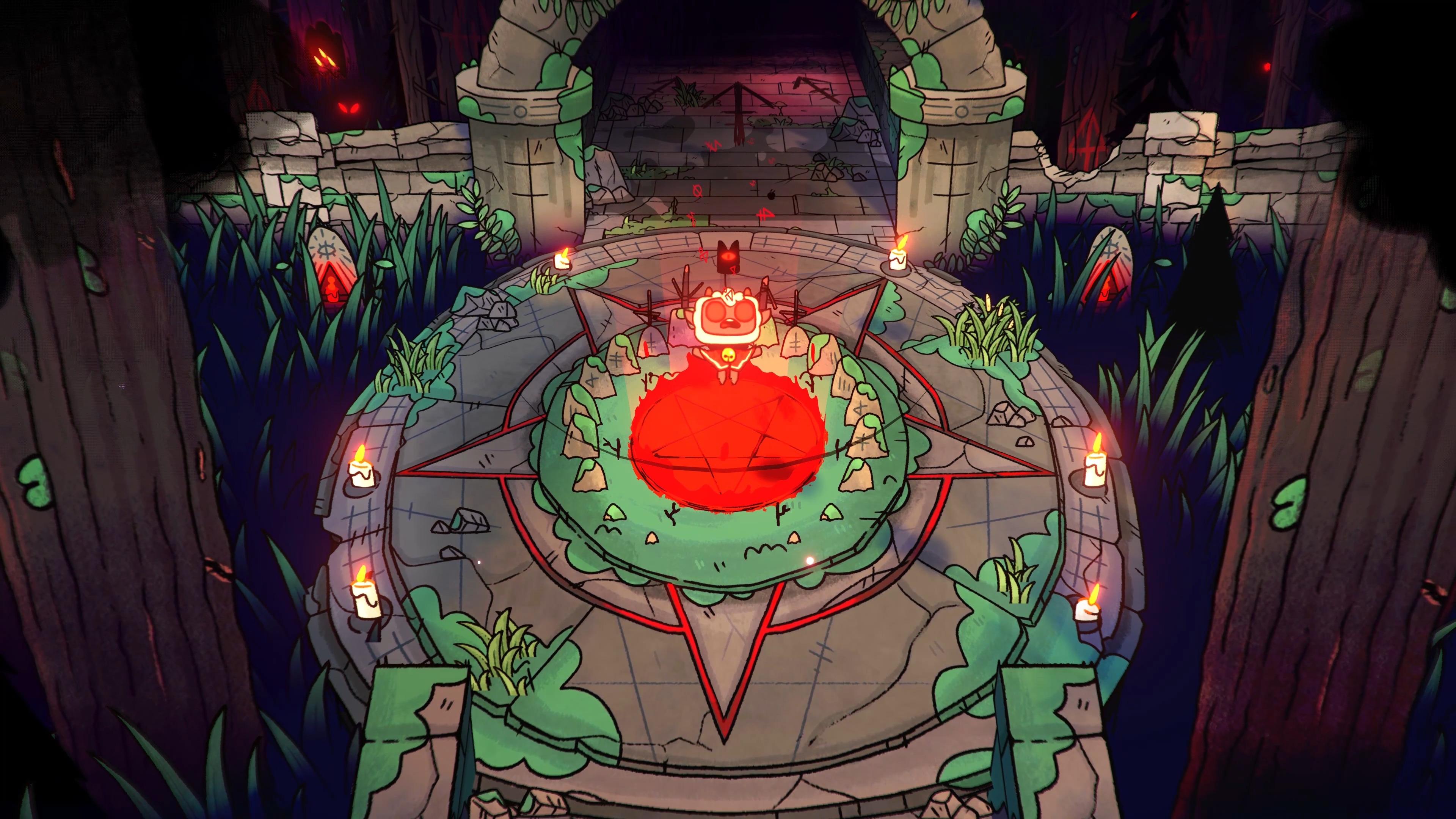
The world of Cult of the Lamb is dark and foreboding, a place in which four all-powerful entities as old as creation, known as the Bishops, control the world and all its people. The Old Faith, which worships these ancient gods, is the only path to survival for the world's people, as all others are destroyed. However, a fifth god, known only as The One Who Waits Below, is trapped far below the surface of the earth by their siblings for attempting to overthrow them and install a new way of life.
You play as a nameless lamb, the last of your kind, preparing to be sacrificed because of an ancient prophecy that promises a lamb would be responsible for freeing The One Who Waits Below and unequivocally altering the status quo. Upon your death, however, you are greeted by the chained deity and granted a fragment of their unimaginable power. With it, you breathe once more, and you must raise an opposing cult in your master's name while systematically searching out and destroying the four gods that stand in the way of your freedom.
| Cult of the Lamb | Header Cell - Column 1 |
|---|---|
| Developer | Massive Monster |
| Publisher | Devolver Digital |
| Genre | Roguelike/community management sim |
| Install size | ~1GB |
| Players | Singleplayer |
| Playtime | 12+ hours |
| Release date | Aug. 11, 2022 |
| Retail price | $25 |
| Platforms | PC, Xbox, PlayStation, Switch |
| PC Game Pass | No |
| Reviewed on | PC (Steam) |
The state of affairs in Cult of the Lamb lends itself to the game's macabre, ominous environments and atmosphere. This is rarely a happy game, although you have control over the mood of your community through your choices. However, Massive Monster doesn't rely on visceral visuals or gore to translate the world's helplessness, like the flat color palette and unsettling designs in Binding of Isaac.
Cult of the Lamb contrasts what you see with how it appears to great effect.
Cult of the Lamb is adorable, with a gorgeous paper-like finish that makes the entire game wholly unique and wonderfully cute. This lovely art design is juxtaposed with what it's being used to display, leading to a shocking contrast between what you see and how it appears. The world doesn't feel brutal because the game looks brutal; Cult of the Lamb is brutal despite its charming visuals, and I adored that approach. It mirrors the game's attempt to meld two seemingly opposite genres, as well as the marriage between the happiness of your loyal followers versus the absolute power you have over them.
All the latest news, reviews, and guides for Windows and Xbox diehards.
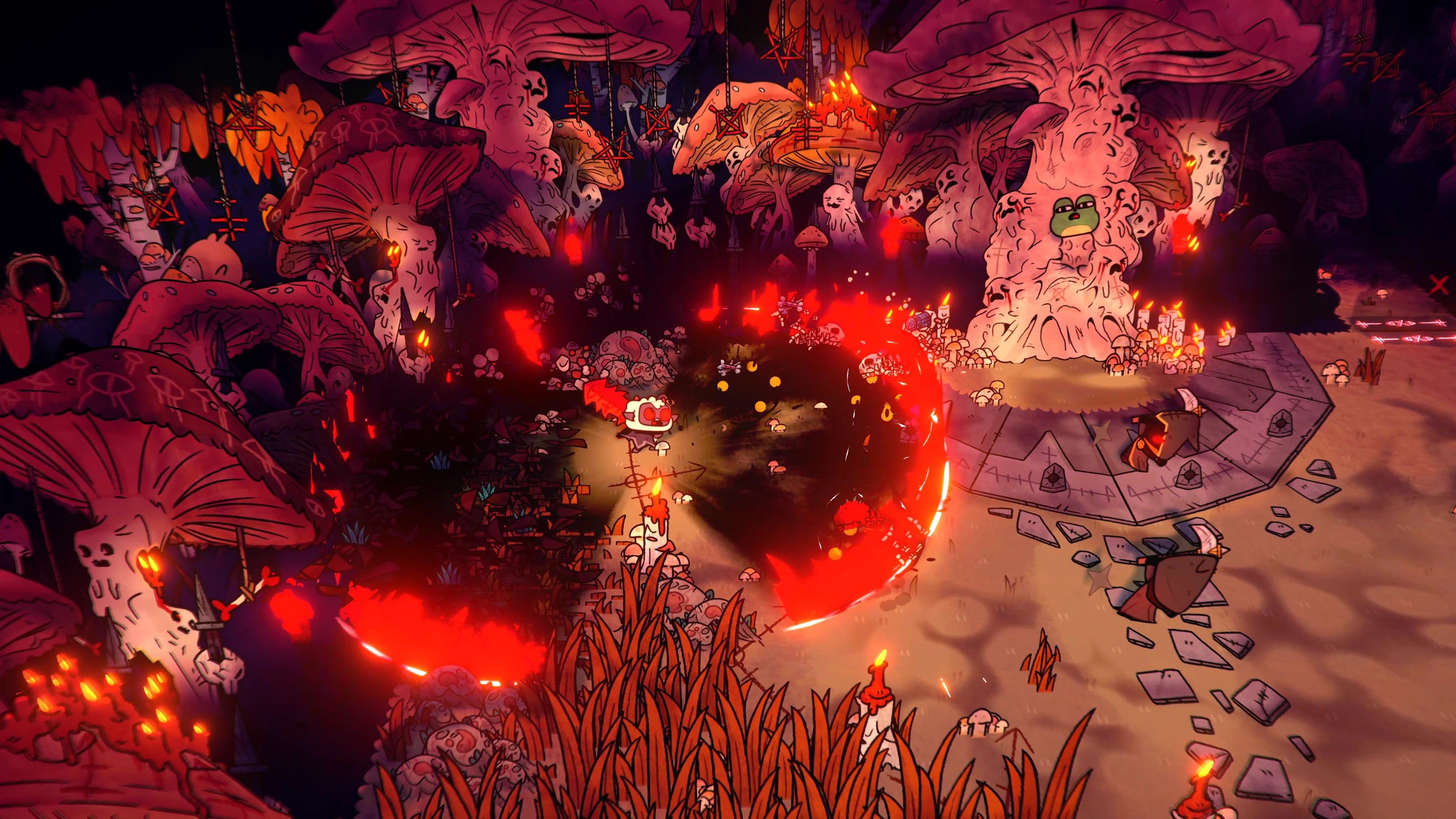
Massive Monster undoubtedly nailed the look and feel of Cult of the Lamb, but what about the actual gameplay? In general, Cult of the Lamb is split into two halves — the community management sim, in which you build up your cult and interact with the surrounding community, and the roguelike, in which you embark on Crusades to slaughter your enemies and track down the four gods you seek to destroy.
The latter is what will likely draw most to Cult of the Lamb, so that's where I'll start. All of Cult of the Lamb's combat and roguelike gameplay occurs during Crusades, which take place in one of four procedurally generated areas (each area contains one of the Bishops, with the next area being unlockable after your cult has reached a certain size). Each area contains unique enemies, environments, resources, and special locations, and players will have to explore each multiple times to track down the Bishop within.
The combat in Cult of the Lamb is simple to learn, but incredibly well done.
To succeed, you'll first need to master the combat in Cult of the Lamb. While it is simple to learn, I found the combat to be incredibly well done. Your lamb is equipped with a dodge roll, a weapon, and a curse. The roll is a common gaming feature, and allows you to evade incoming damage. Your weapon is equipped with a basic attack, while your curse is a special ability that consumes Fervor (collected from battling enemies) and can change the tide of battle.
There's a wide assortment of weapons and curses in Cult of the Lamb, with more unlocked over time, and each Crusade begins with the player acquiring a random example of each. Throughout Crusades, you can grow in power through the collection of Tarot Cards (which can grant numerous effects), special hearts (similar to Binding of Isaac), the use of unique rooms, upgraded weapons and curses, and more.
Outside of Crusades, there are more ways to improve your abilities through the progression and evolution of your cult, lending credence to the ever-present notion that nothing can stop you from succeeding in the end, even death or failure. All of this comes together to ensure combat feels rewarding, and each Crusade feels unique. Each weapon and curse requires an alternate play style, and simple luck can render your skills obsolete or nearly unstoppable. I'd argue Cult of the Lamb isn't quite as diverse as the ridiculous number of possibilities in Hades or Binding of Isaac, but I certainly never felt as if I'd already reached the end of what this game has to offer — beating the game's story took me just over 12 hours, but it seemed it would take me at least twice as long to explore all the endgame content.

When you're not on a Crusade, you're managing your cult. The community you can nurture in Cult of the Lamb resembles what would happen if an Animal Crossing character decided to begin worshiping an archaic force of evil in a cult, and you have full control over it all. There are dozens of systems and interactions that converge into what is, honestly, a pretty fun experience even without the Crusades.
Everything starts and ends with your followers. You can indoctrinate followers into your cult through a variety of means, and customize the name and appearance of each. Every follower has unique traits that make them more helpful or detrimental to the community, and can contribute to the greater good by worshipping you (generating Devotion, an important upgrade currency), harvesting resources, building, farming, and more.
You'll have to monitor a variety of factors with your followers, including the Faith they have in you, as they can dissent and sow chaos in your community if it becomes low; their health, which deteriorates if the surrounding environments are unclean and they become ill; and their hunger, which can lead to starvation. Followers can also develop relationships with one another and you, and their Loyalty to you can grow if you repeatedly interact with and nurture them.
Everything starts and ends with your loyal followers.
As for the community, you're given an area where you can build a wide assortment of buildings and decorations. The Temple allows you to conduct daily Sermons to increase the Loyalty and Faith of your followers, as well as powerful Rituals to achieve a variety of effects. You can also upgrade your Crown, which grants you your otherworldly powers, or instate new Doctrines that improve or further shape your community to your desires.
Even when you're not expanding your community, there are surrounding locations you can explore at any time with additional activities. There's so much hidden below the surface in every part of Cult of the Lamb, with some of the more obvious examples including fishing, a full dice mini-game, various shops, and an endless stream of side quests and missions that help you grow closer with your followers or become even more powerful.

Massive Monster did an exemplary job ensuring that both halves of Cult of the Lamb feel like a natural extension of the other. This is a great roguelike and a great community management sim, and each is better when paired with its other half.
Combat is tight and responsive, with plenty of diversity in the Crusades guaranteeing you're never bored. The game does become more difficult as time goes on, perfectly matching the progression of your skills and abilities, and even areas that have been "beat" raise the difficulty further and become practically endless after the Bishop has been removed from them. Each boss is unique, and the story that ties them all together is a simple yet endearing narrative of the weak seizing power and control in the face of odds that seem all but hopeless.
Growing your community feels worthwhile, and not only because it's necessary to progress through the game. I greatly enjoyed watching the followers in my cult go about their day, and there's more than enough here to guarantee that I never once felt the community management aspect of Cult of the Lamb was tacked on in haste. The presentation of Cult of the Lamb strengthens this belief. There's so much personality in every interaction; so much life in the animations, visuals, music, and sound effects.
Cult of the Lamb: What's not good
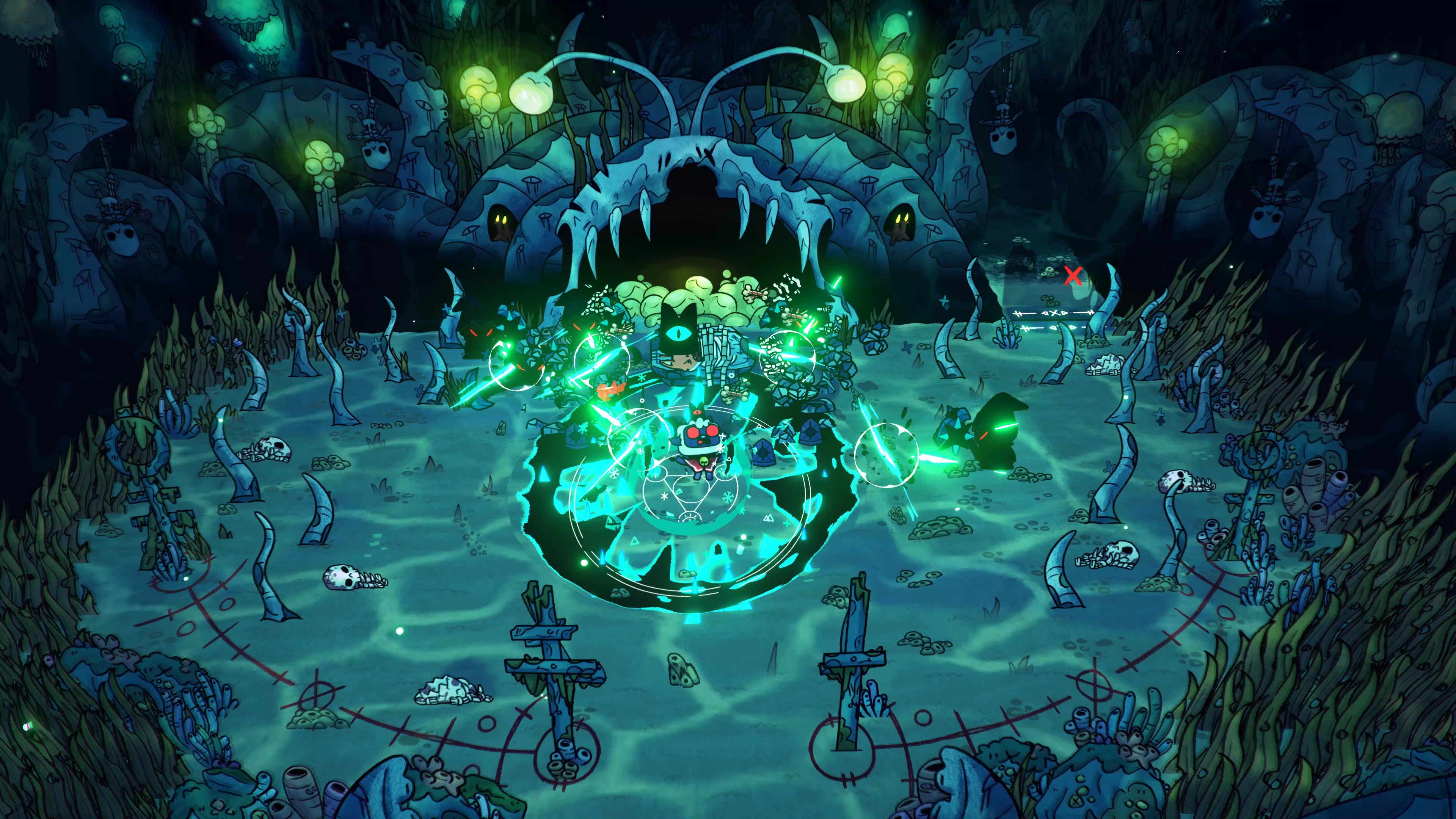
Cult of the Lamb approaches the quality at which I'd describe it as one of the best games of 2022, but unfortunately falls just short because of its uncertain balance. In many ways, Cult of the Lamb simply feels imbalanced, from minor concerns like the drawbacks of food and the usefulness of many curses to a major discrepancy between the time spent in Crusades and the time spent managing your community.
The average Crusade in Cult of the Lamb ranges from five to 10 minutes, a tiny window that reduced the feeling of progression through a run. After you've entirely beaten an area, return Crusades can be practically infinite in length, but are still substantially limited due to the constant need to return and manage your community, even later in the game.
Crusades in Cult of the Lamb feel fleeting and unable to build momentum.
This is in stark contrast to games like Binding of Isaac and Hades, with successful runs ranging from 25 to 45 minutes in my experience. These longer runs give each build more time to evolve into something truly unique, allowing players to grow accustomed and even find brand-new combinations they may never have tried otherwise. In Cult of the Lamb, each Crusade that aids story progression is fleeting, and even endgame runs that build a lot of exciting momentum sometimes have to be cut short.
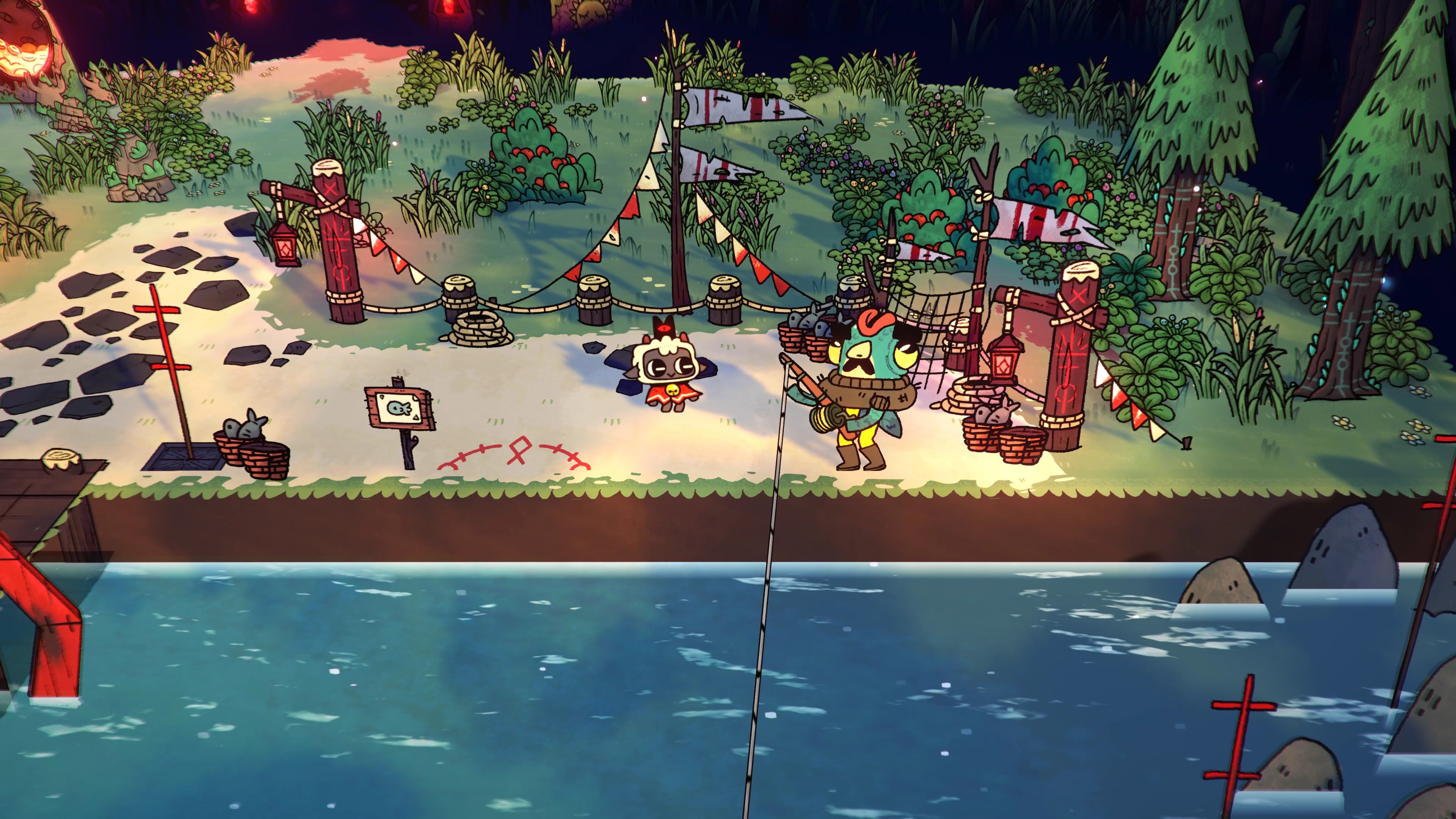
The reason behind this fault is because Cult of the Lamb's community management aspects are pushing too hard from the other side. Building up your cult is a lot of fun, but some elements of the experience feel tedious and time consuming, and require that Crusade runs be limited in their duration so that you may return and manage faith, health, and hunger levels through Sermons, cooking, cleaning, resource collecting, building repairs, and more.
Some Rituals can help mitigate the need to constantly return and micromanage your community, but not entirely. Community and building upgrades can also help your followers fare better without you for longer periods of time, but it didn't alter the fundamental imbalance between Crusades and community management. A large part of this mismatch is driven by the fast pace at which time moves, which drains your community's stats when you're away. Even short Crusades can consume an entire day, during which your community is continuing to function, but without you to monitor and manage.
Followers also die too quickly, as each day equals one year of their life, and many followers die of old age in their late 40s to 50s. I hardly had time to build relationships with my followers before I was burying them. My attempts to be a "caring leader" that knew every follower by name seemed futile when I was burying one to two followers after each late-game Crusade, on average. A semi-rare item in-game lets you double the expected life span of a single follower, but it felt more like giving a select few followers a "normal" life span while others dropped like flies around them.
Slowing down time and letting followers live longer would improve the balance.
These concerns turned what I expected to be an even split between the two halves of Cult of the Lamb into a 60/40 divide in favor of the community management elements. While this may not seem like a huge gap, it did detract from my fun. Simply extending the day/night cycle duration by 50%, and increasing the average life spans of followers by a decade or so, would allow Crusades to last longer and massively improve the overall balance of Cult of the Lamb.
Performance in Cult of the Lamb was never a concern, but I did notice a handful of small bugs. At points, random farm plots ceased to function entirely, and at another my Temple (one of the most important buildings in the game) completely disappeared, to name a couple of examples. Fortunately, all of the issues I encountered were fixed by simple game restarts, and I was playing a pre-release build of the game. Additional minor balancing issues also exist, such as the reduced usefulness of many curses in combat, despite their limitations, and the scarcity of food and logs at the early stages of the game.
Cult of the Lamb: Should you play it?
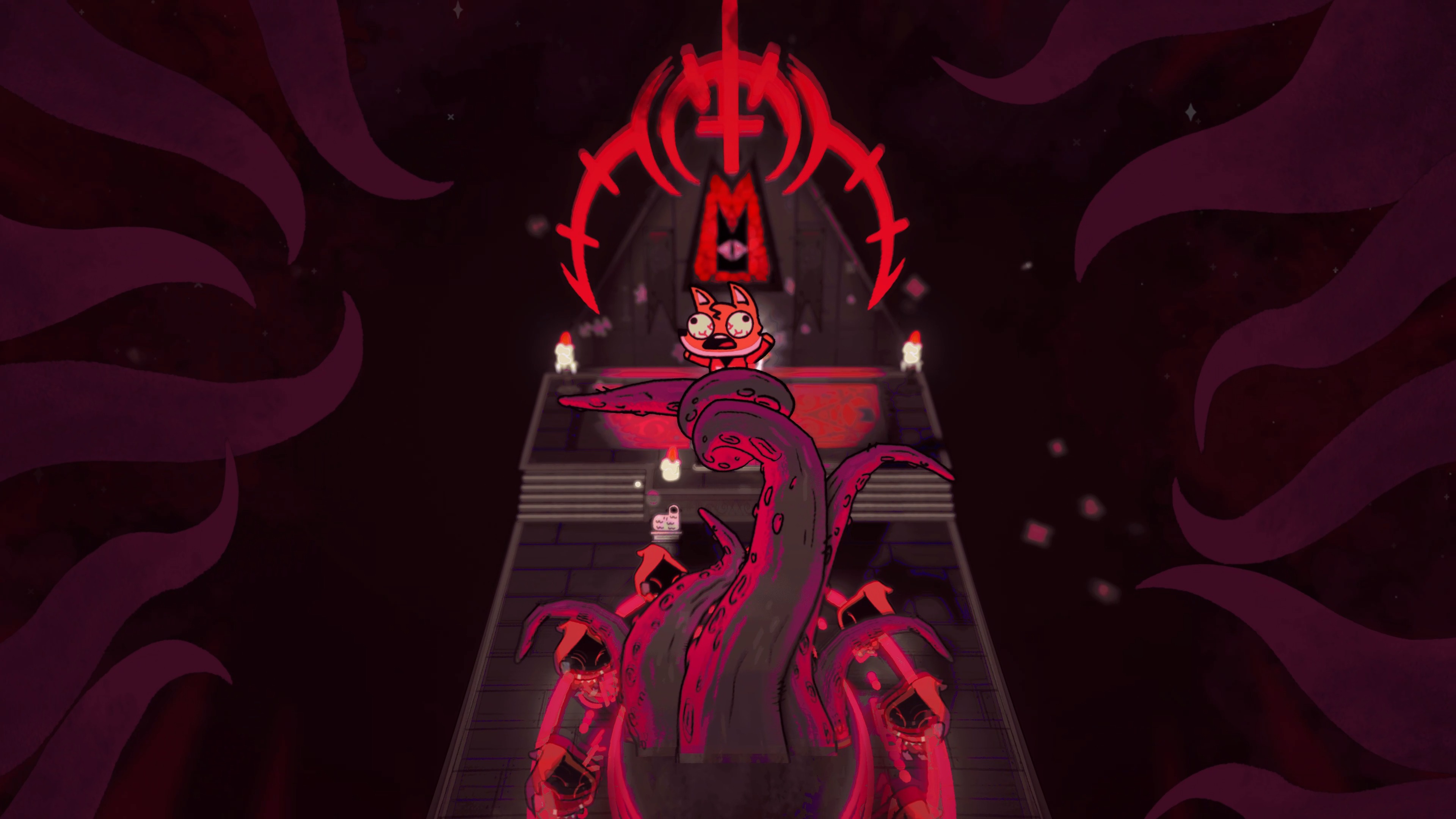
Cult of the Lamb stands on uneven footing; it possesses two entirely mismatched legs of differing lengths. Yet, despite this, Cult of the Lamb has won over my heart and made me commit to purchasing it and playing through it a second time on Xbox — a first for me. It's visually stunning and utterly charming; its combat excites me in the same way as other roguelikes despite its brevity, and nurturing a cult into a lively community of my creation filled me with pride.
Massive Monster and Devolver Digital can proudly state they've created one of the most unique and tantalizing indie games of the year, and a title that can comfortably rest among the best PC games for fans of its respective genres and style. Cult of the Lamb could have been even better, though, had it more deftly balanced its two halves to make both Crusades and follower relationships more rewarding.
Cult of the Lamb is slated to receive two major updates after it releases, a free gift to players that will bring new features and endgame content. Details for these updates aren't available, but Massive Monster may take the opportunity to further tweak and improve Cult of the Lamb's base game in addition to the fresh content. In its current state, Cult of the Lamb is an adorable adventure through the ominous occult that can't be found anywhere else, and I loved it.

Zachary Boddy (They / Them) is a Staff Writer for Windows Central, primarily focused on covering the latest news in tech and gaming, the best Xbox and PC games, and the most interesting Windows and Xbox hardware. They have been gaming and writing for most of their life starting with the original Xbox, and started out as a freelancer for Windows Central and its sister sites in 2019. Now a full-fledged Staff Writer, Zachary has expanded from only writing about all things Minecraft to covering practically everything on which Windows Central is an expert, especially when it comes to Microsoft.
